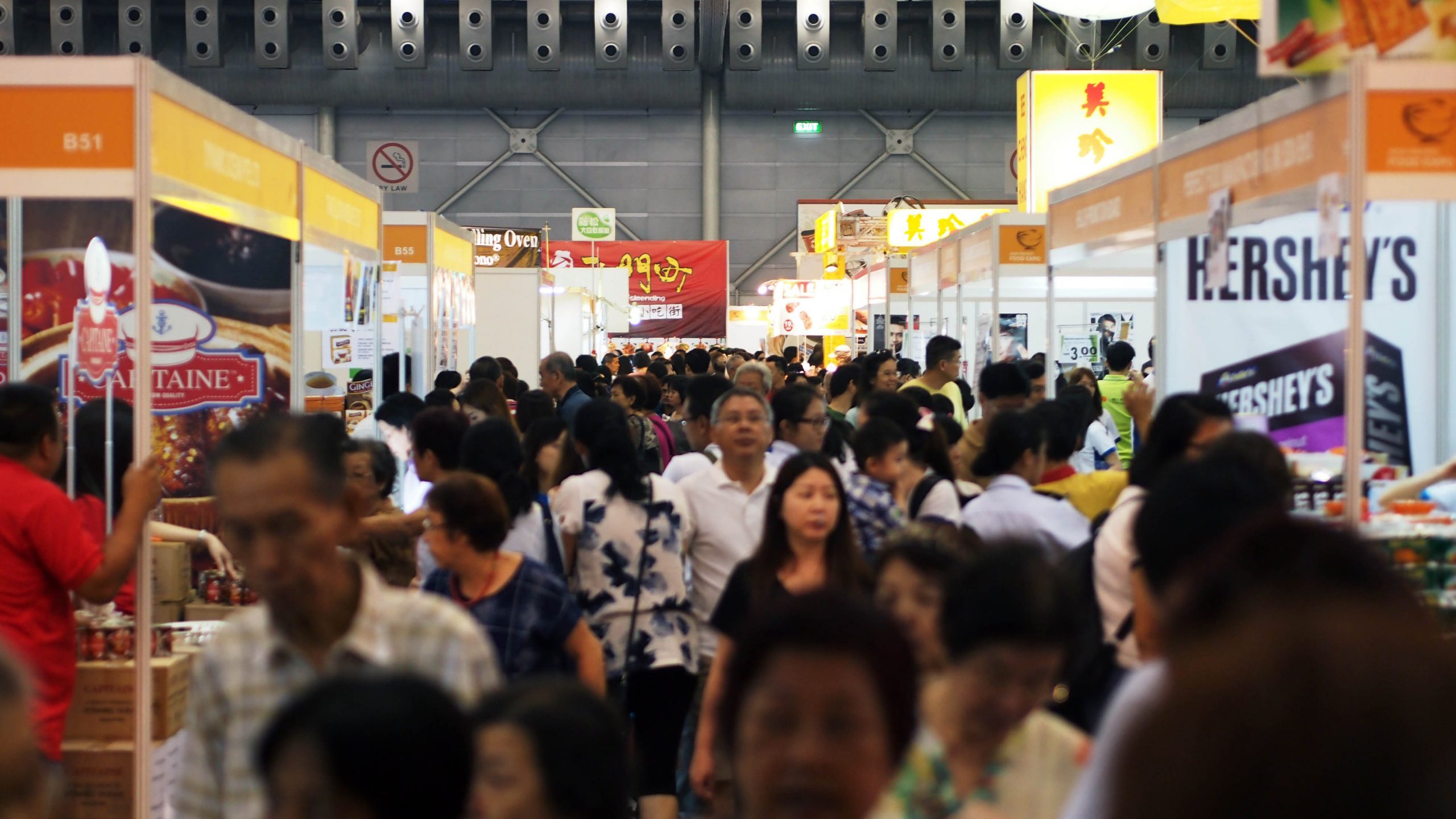Integrating local and neighbouring area influences into vulnerability modelling of infectious diseases in Singapore
August 6, 2024
Singapore’s most recent Circuit Breaker ended on 9 Aug 2021. The Circuit Breaker, a government-issued stay-at-home order, was one of many measures taken to contain the spread of the COVID-19 pandemic. Since the pandemic, understanding how infectious diseases propagate has become an increasingly important field of study, especially as new diseases continue to crop up at an alarming pace. Researchers have employed new methodologies to study these diseases, including analytical frameworks and data-driven statistical modelling.
In ‘Integrating local and neighbouring area influences into vulnerability modelling of infectious diseases in Singapore’ (International Journal of Applied Earth Observation and Geoinformation, 2023), Mr Benny Chin Wei Chien, Associate Professor Chen-Chieh Feng, Associate Professor Yi-Chen Wang (all from NUS Geography), along with fellow researchers from Duke-NUS Medical School, NUS Saw Swee Hock School of Public Health, and San Diego State University, explore how spatial interaction processes influence the transmission of infectious diseases.
The study draws on data from Singapore, constructing a country model and five cross-region validation models to evaluate the difference in vulnerability to COVID-19. The researchers consider local risk (LR) factors such as local demographic, environmental conditions, and human behaviour, as well as neighbouring risk (NR), which is calculated as an aggregation of the LR of neighbours. By studying the data through this spatial framework, the researchers find that there is a more significant influence from local risk (LR) effects, as compared to neighbouring risk (NR) effects, on vulnerability. They also note the varying influence of the different factors when modelling spatial interactions.
Read the article here.

